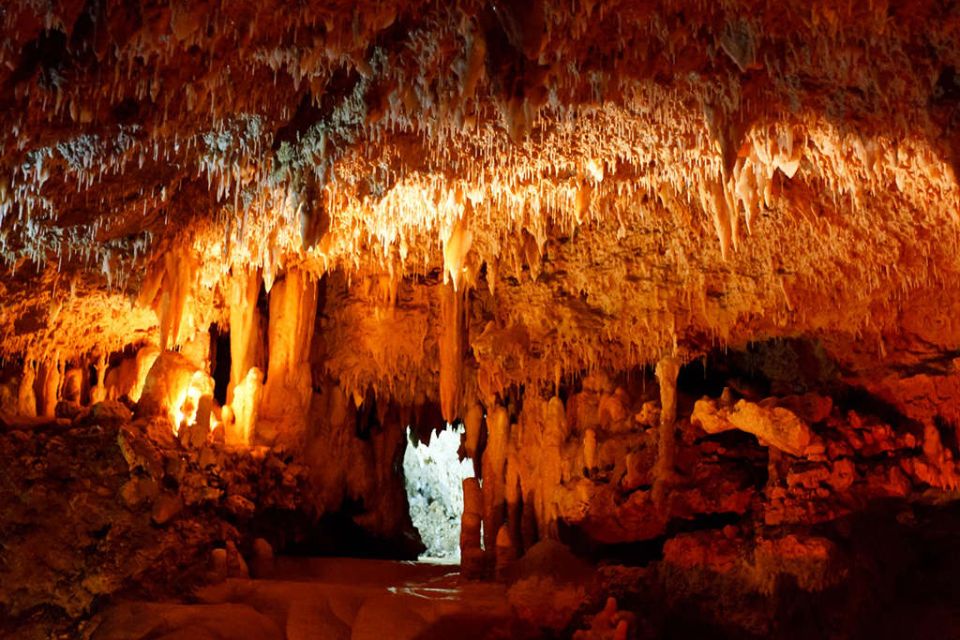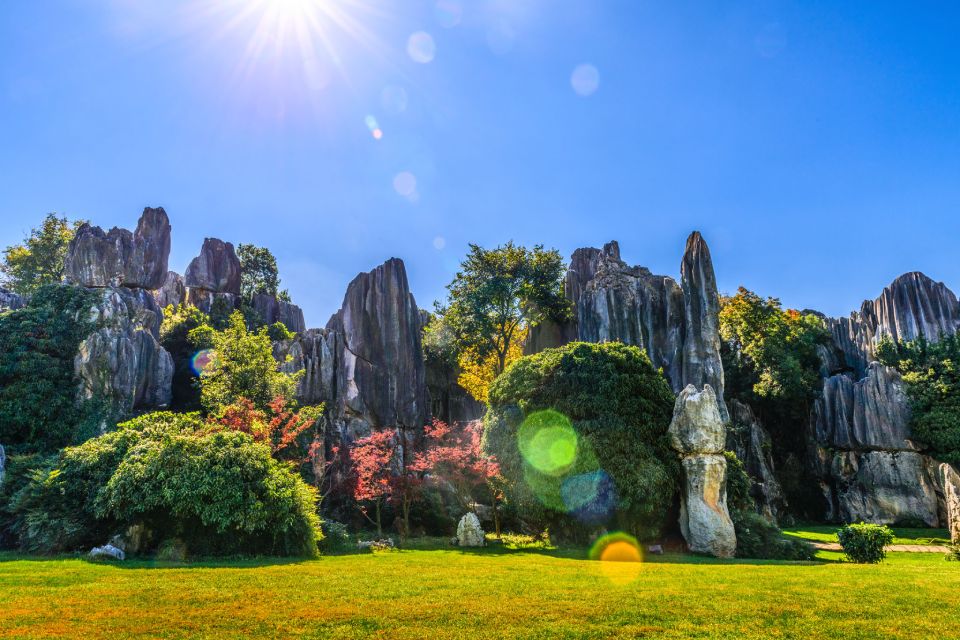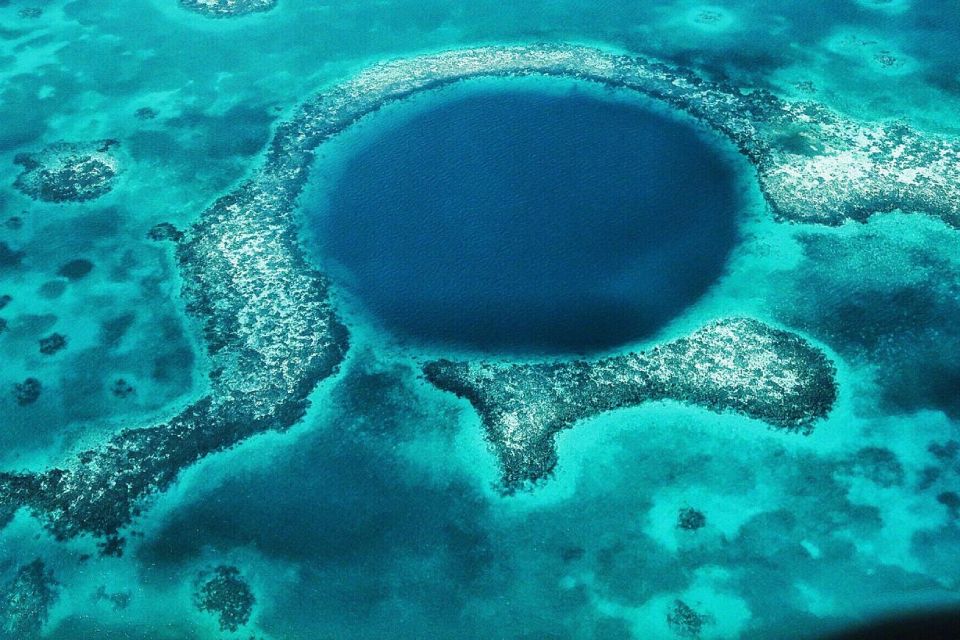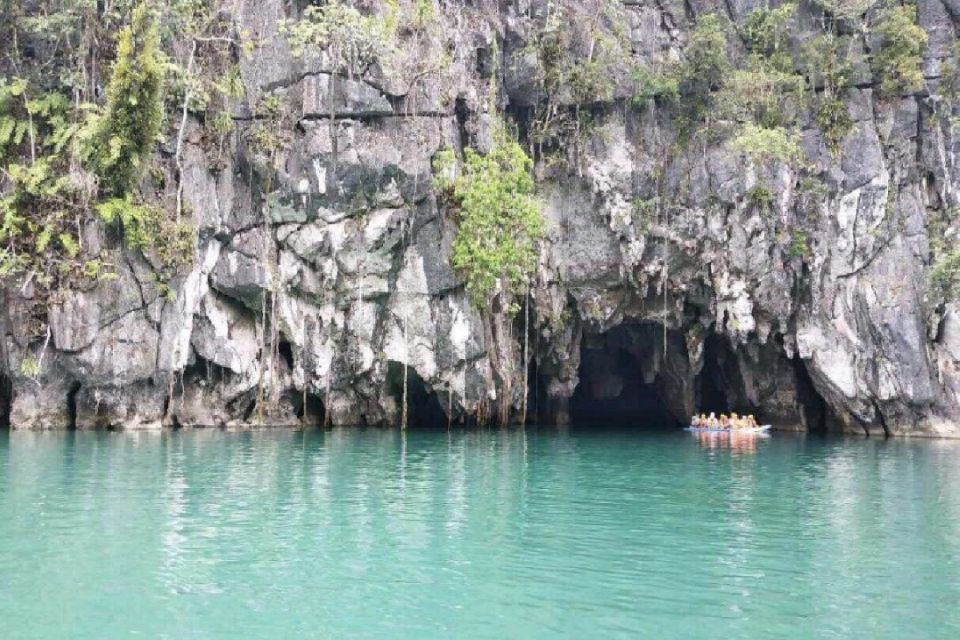Karst landforms are inclined to rather spectacular, fabulous, and quite complex patterns that provide the most unusual and picturesque natural landscapes on Earth. These landforms are chiseled into existence by the process called chemical weathering, which represents a kind of erosion of rocks that have the ability to be dissolved by water, for example, those rocks are limestone, dolomite, gypsum, and etc. With the elapse of thousands, even millions of years this process reveals quite striking features that draw the attention of the community of experts, voyagers, and admirers of nature.
1. Limestone Caves
Limestone caves are clearly the most recognized karst landforms that result from the action of underground rivers and percolating water. The underground rivers and dripping water carve chambers, tunnels, and amazing formations such as stalactites and stalagmites. Mammoth Cave in Kentucky, USA is the world’s longest cave system where more than 400 miles of passages have been explored. Tourists get the opportunity to be surprised by the artistic rock formations and the underground rivers that serve as the attractions of these caves.

2. Karst Towers
Karst towers are another name for karst hills or stone forests, the outcrop of these phenomena are steep and conical hills, rising dramatically from the ground. One of the amazing examples of this phenomenon is the Stone Forest located in Yunnan, China. Here the place has the formation of such lime rocks which are high enough to resemble the figure of a petrified forest resulting from the fact that they constitute a labyrinth of rocky spires. This out-of-the-world-like landscape has been handed over the UNESCO World Heritage site status making it a place commonly visited by sightseers and photographers.

3. Sinkholes
Sinkholes are part of the karst family of landforms and they form when the ceiling of a cavern gives way and falls into the cave itself which in turn creates a big sinkhole on the surface of the earth. The Great Blue Hole, located in Belize, is one of the examples of such formation on the earth. It is a place where the transition from an over-the-water activity to an underwater activity is a continuous sequence. The Great Blue Hole is also a diver’s paradise as it offers a wealth of natural beauty, from its deep blue waters to the wonders of the marine world below.

4. Underground Rivers
Karst landscapes are often associated with them being the home of rivers that are located under the ground and which then later come out as springs onto the land. The Puerto Princesa Underground River in the Philippines is one of the best examples of underground rivers that can be traveled through and it is also the world’s longest. This breathtaking underground river, enveloped by beautiful dense forests, enables tourists to navigate by bamboo raft through its caverns, thus allowing them to have a close look at some amazing karst formations.

Karst formations reveal little secrets of the nature’s slow, but relevant, forces. These specific areas not only create extremely beautiful landscapes but are also places where important ecosystems develop besides being the water source. The exploration of karst regions is indeed like entering some of the most mysterious and wonderful places on the Earth.